Peasant woman or noblewoman? What female names were prestigious in Rus'?
Categories: History
By Pictolic https://pictolic.com/article/peasant-woman-or-noblewoman-what-female-names-were-prestigious-in-rus39.htmlHave you noticed that some women's names are perceived as aristocratic, noble, while others do not evoke any emotions? Of course, we can say that our perception is influenced by associations, for example, if Catherine, then certainly “The Great”. But this is not the only thing - the nature of this phenomenon is much deeper and is rooted in Russian antiquity.
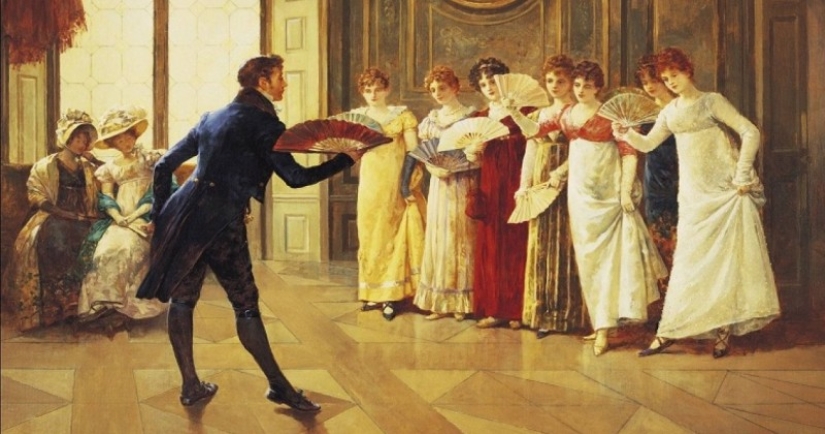
Nowadays, choosing a name for a child is a personal matter for parents and no one influences their decision. But hundreds of years ago everything was much more complicated - neither the common people, nor even the aristocrats could come up with a name themselves. The choice was limited to the calendar - the church calendar, and the baby was named in honor of the saint who matched his date.

It seems that there is no room for maneuver and the princes, like the peasants, could count on the same names, without dividing into “noble” and “common”. But there was still the opportunity to choose. Firstly, the calendar included several saints for each day, and secondly, it was possible to take not only the date of birth, but also the date of baptism. It was also possible to consider the eighth day after birth. The opinion of the clergyman who performed the baptismal ceremony also played a role.
In the 19th century, such a phenomenon as a fashion for names appeared. Using the calendar and using the dates listed above, many parents tried to figure out how to name their offspring in honor of the literary hero. They also named it in honor of a glorious ancestor or as a form of gratitude, in honor of virtue.
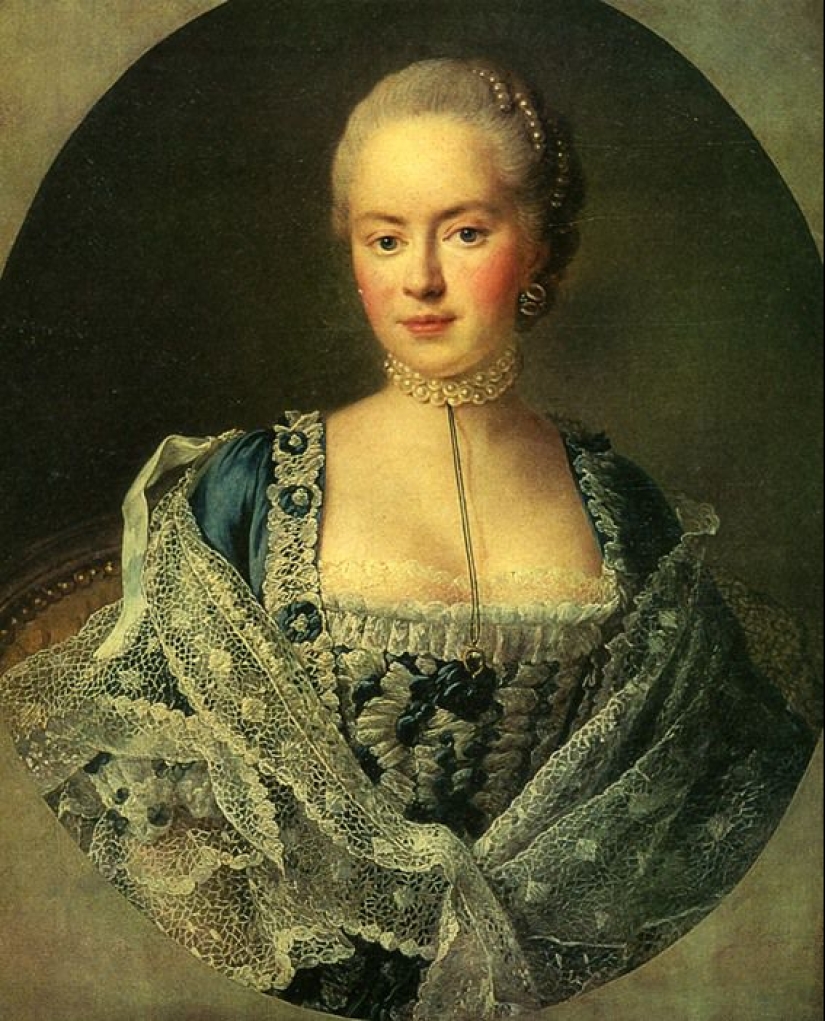
Most names were universal and were used in the 17th to 19th centuries by both nobles and commoners. Maria, Anna, Anastasia, Ekaterina, Alexandra - these were the names of girls both in peasant huts and in royal mansions. But there were also names that were most popular in certain classes, and the mechanism for the emergence of these preferences was not always obvious.
Some restrictions played a role. Until the 17th century, churchmen forbade using the name of the Virgin Mary, but this ban was circumvented by calling girls Mary, but with the emphasis on the first syllable. This is where one of the most popular “folk” names Marya came from. The name Jesus has been taboo for boys for centuries.
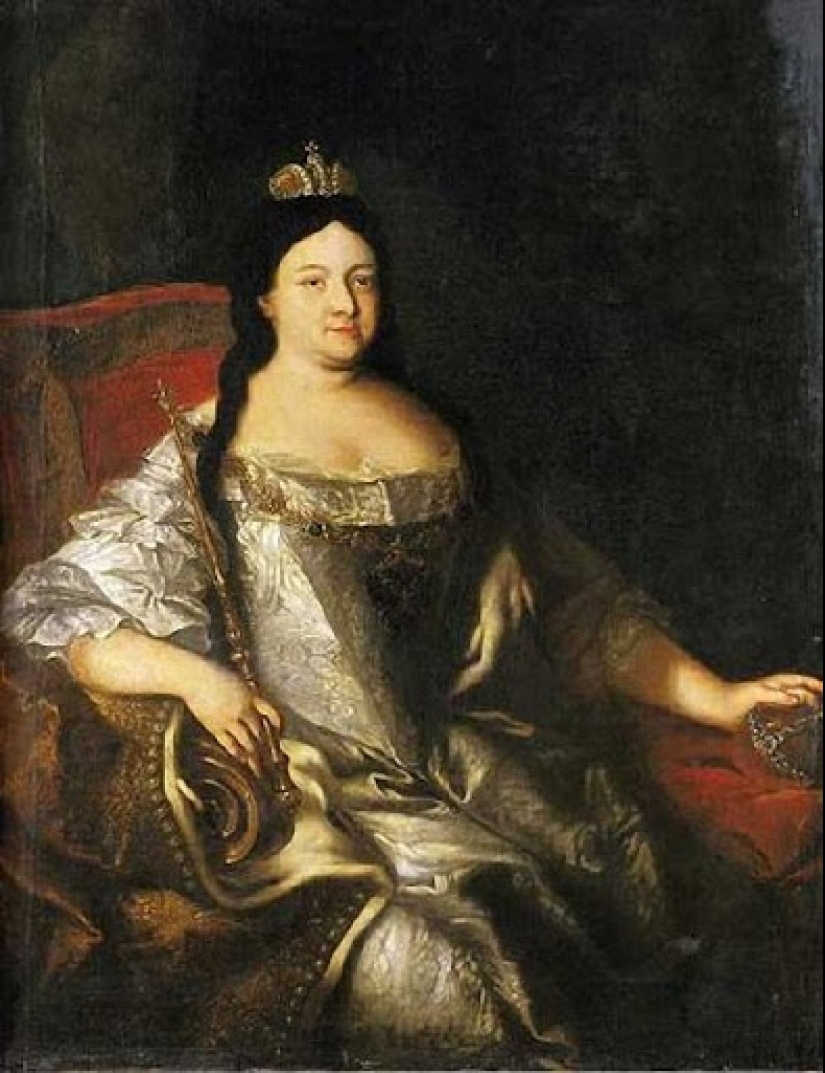
After Nikon’s church reform, the name Maria was allowed to be used without restrictions, but names in honor of Christ were still not given. Onomast linguist Vladimir Nikonov claims that in the 18th century, nobles began to name girls in honor of the Virgin Mary en masse. The trend continued in the 19th century, although the Marys were competed by Catherine, Anna and Elizabeth, who received names in honor of the queens.
Over time, the townspeople and peasants became bolder - in the mid-19th century, a real boom began among the common people in the names Maria, Anna and Anastasia. By the end of the century, Ani and Nastya almost disappeared from noble families and most often women from the people began to be called this way. Only the name Maria, which was loved by both counts and grooms, retained its universality.
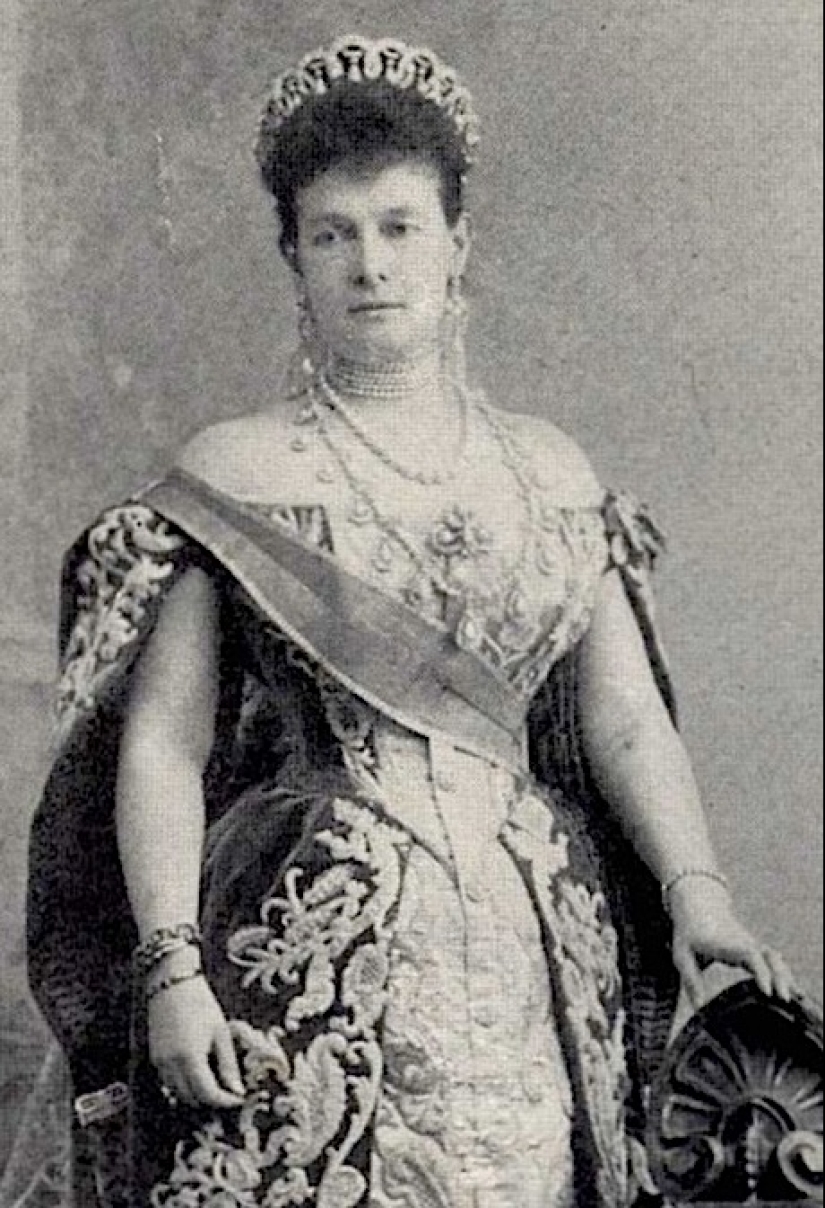
Among the nobility, the names Agafya, Evdokia, Martha, Matryona and Daria have always been rare, although they were in the calendar. Girls were also called Daria in the 18th century, but already at the beginning of the 19th century this name, for some reason, became a peasant and merchant name. The nobles chose the “royal” line for themselves - most often the children were named after members of the reigning family.
As for monarchs, the principle of succession of names has always played a dominant role, because of which the “numbered” Nicholas, Alexandra, Paul and Catherine were born. Fashion did not particularly influence princes and kings, and both in the pre-Christian era and during the Orthodox period, the parents of sovereigns were not particularly imaginative.
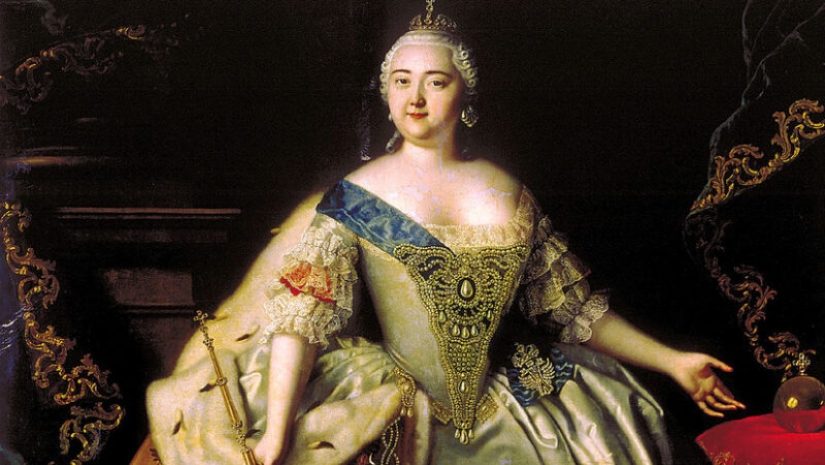
The first among the Russian empresses to set the fashion for female names was Elizaveta Petrovna. The nobles most often named girls in honor of the heiress of Peter the Great, but among the peasants they tried to keep up. Thus, a simple version of this name appeared - Lisaveta. Then Catherine appeared in the top, and Katerina among the common people.
If it seems to you that the female name Varvara smacks of something peasant, then this is only because that was what girls were called in villages in the 19th and 20th centuries. In the 18th century, “Barbarians” were mainly called people of high birth, and the name was even one of the five most popular among nobles. As you can see, everything in this world is relative and depends on fashion trends and turns of history.
Recent articles

Sandy beaches grey, brown or even white shade is quite usual for us. Even rocky beaches with sharp cliffs that attract the bravest ...

It seems that drawings on the body are the real vocation of Kay Pike! The girl skillfully turns herself into heroes of comics, ...

No wonder they say that knowledge is power. Just learning something new and improving existing skills, people can achieve real ...